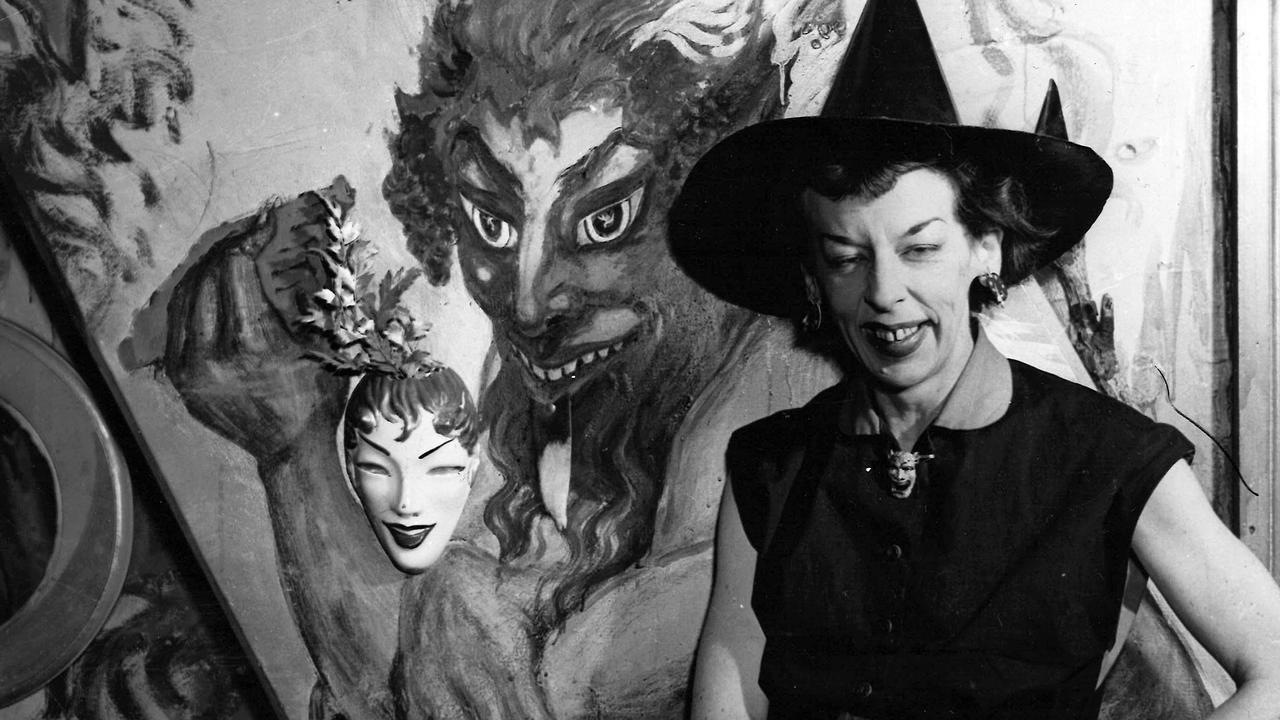How Afghan cameleer Abdul Wade saved the tiny town of Cunnamulla from famine
When a remote town was cut off by floodwaters, it was feared the residents would be plunged into famine until a camel driver saved the day.

Young Afghan entrepreneur Abdul Wade was hailed a hero for bringing his camel trains to the rescue in flood-ravaged remote Outback settlements in the 1890s.
Yet only a few years earlier, after arriving in Australia as a 16-year-old, Wade had seen his brother shot dead by their farmer boss, who was later applauded in court when acquitted of manslaughter.
Wade’s story is told in a new episode of the free weekly In Black and White podcast on Australia’s forgotten characters:
A new book called The Ballad of Abdul Wade by Ryan Butta aims to rewrite modern histories that depict him as “a villain who starved and exploited his employees”.
Wade arrived in Australia in 1882 at 16 as an indentured labourer, along with his older brother Sirdar Khan, and they were sent to a dairy farm in Warrnambool in Victoria.
Three months after arriving, their employer, Thomas McLeod Palmer, shot Sirdar through the heart after walking into a fight over a missing watch between two rival groups of workers in a shed.


Palmer admitted shooting Sirdar but claimed self-defence, and the courtroom erupted in applause when he was acquitted.
“Wade never, ever spoke about it, and he was a man who was in the press a lot, and he never ever complained about his treatment or what he saw,” Butta says.
“It must have had an impact. Imagine a 16-year-old sees his brother shot dead. What would he think about the country that he’s come to live in?
“And then he goes on to do what he does and serve the country, and make such an enormous contribution, where I think my reaction would be, ‘Well, I’m going home, I don’t want to be here’.”
Despite such tragic beginnings, by 1890 Wade was in Bourke in NSW working with camels in the transport industry in partnership with his “cousin”, Gunny Khan.
It didn’t take long for the pair’s camels to demonstrate their superiority over horses in carrying supplies to remote settlements, especially in times of drought and flood.


When a flood cut off the Outback Queensland town of Cunnamulla in April 1890, horse and bullock teams were unable to travel there, because the carts would sink, and the town faced starvation.
“It was quite a dire situation,” Butta says.
“Gunny Khan and Abdul Wade sent 56 camels with the drivers up to Cunnamulla, and they took through food supplies, and basically saved that town from a famine.”
But as the Afghans and their camels became more successful, Abdul Wade found himself a target of a growing anti-Afghan movement, fuelled by union leaders and politicians, leading to boycotts and discrimination.


Wade married a Dublin-born woman, started a family, adopted a European lifestyle, and became a naturalised Australian.
But when Wade tried to enrol his young son at the Royal Military College, Duntroon, before World War I, Butta says the application was rejected because he was Afghan.
“My impression is that experience broke him,” Butta says.
“They eventually changed the wording of the eligibility to make sure that he’s not eligible.
“Maybe he was able to deny what he’d seen before, but that was his first real evidence that he’ll never be accepted, or maybe he had put up with what he had put up with because he thought ‘my children will benefit’.
“And I think when he saw that discrimination against his children I think that really affected him because he kind of drifts out of the social aspects of the colony from that point on.”
Despite the snub, at the outbreak of World War I, Wade donated camels to Australia’s Imperial Camel Corps, enabling Anzacs to train with them before deployment to fight in the Middle East and North Africa.
To learn more, listen to the interview with Ryan Butta in the In Black and White podcast on Apple Podcasts, Spotify or web.
See In Black & White in the Herald Sun newspaper Monday to Friday for more stories and photos from Victoria’s past.




